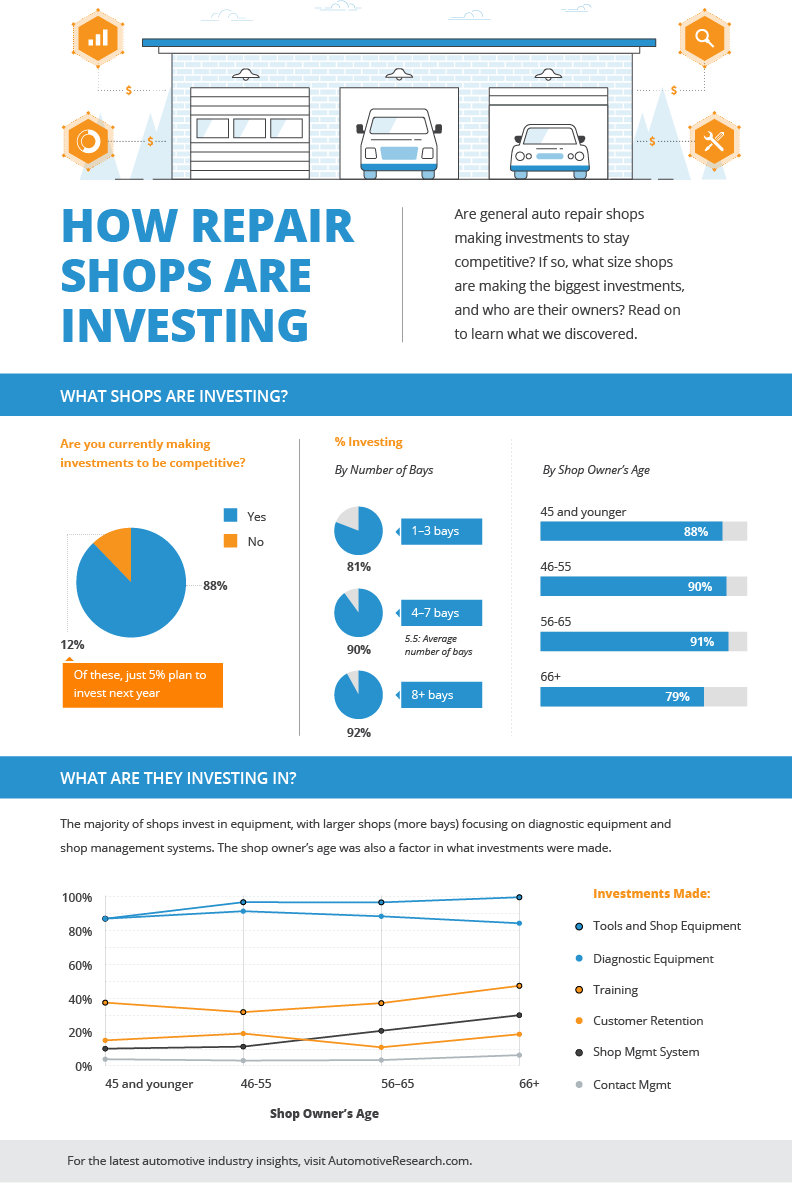A Beginner'S Guide To Understanding Your Vehicle'S Caution Lights
A Beginner'S Guide To Understanding Your Vehicle'S Caution Lights
Blog Article
Write-Up Writer-Gunter Mahmoud
When you lag the wheel, those little warning lights on your vehicle's control panel can be quite puzzling. What do they mean, and should you be concerned? Comprehending these signals is critical for your automobile's health, however it does not have to be a challenging job. By deciphering the mystery behind each light, you'll be outfitted to manage potential problems efficiently and keep your car running smoothly. So, following time a warning light flashes, don't panic - arm on your own with understanding and take control of the scenario.
Significance of Automobile Caution Lights
Comprehending the value of your automobile's warning lights is essential for keeping your automobile's health and wellness. These lights work as your car's communication system, notifying you to prospective problems that could threaten your safety on the road or cause expensive repair services if overlooked. By paying attention to these warnings, you can deal with troubles early and stop more damages to your car.
Neglecting alerting lights can cause significant repercussions, such as engine failing, brake malfunctions, and even crashes. These lights are developed to alert you of concerns varying from low tire pressure to engine breakdowns, providing you the opportunity to act before the scenario worsens. On a regular basis inspecting and recognizing these cautions can conserve you time, cash, and guarantee your safety while driving.
In click to read to keeping you secure, responding immediately to warning lights can also aid lengthen the life-span of your auto. By addressing go here , you can protect against tiny issues from rising into major fixings, eventually saving you money and time in the future. Keep in mind, your vehicle's warning lights are there for a factor - do not disregard them!
Common Caution Lights and Meanings
When it comes to driving your vehicle, recognizing usual caution lights and their significances is crucial for your security and automobile maintenance. Right here are a few usual caution lights you may run into:
1. ** Examine Engine Light **: This light indicates a concern with your engine. It could be something small like a loose gas cap or something more severe like engine misfiring.
2. ** Battery Light **: This light signals a trouble with your automobile's charging system. It could show a defective battery, alternator, or various other related parts.
3. ** Oil Stress Light **: When this light comes on, it suggests your engine might be running low on oil or experiencing low oil stress, which can result in engine damage otherwise resolved promptly.
4. ** Brake System Light **: This light shows a concern with your stopping system. It could indicate low brake liquid degrees or an issue with the brake system that calls for immediate focus.
Recognizing these usual warning lights will certainly help you recognize prospective issues early on and protect against even more considerable problems in the future.
How to Respond to Warning Lights
In case a warning light illuminates on your auto's dashboard, it's essential to react quickly and appropriately. When a warning light begins, the very first step is to consult your proprietor's manual to recognize the specific concern indicated by the light.
Some lights call for instant attention, while others might suggest a less immediate matter. If the caution light is red or blinking, it's commonly an indication of a severe trouble that needs instant action. In such instances, it's suggested to pull over safely, switch off the engine, and seek specialist assistance.
For yellow or orange warning lights, while they might not call for instant focus, it's still crucial to resolve the hidden concern immediately to avoid further damages. Regular maintenance and evaluation can help avoid cautioning lights from beginning unexpectedly.
Final thought
In conclusion, understanding your automobile's warning lights is critical for preserving your car's health and safety. By consistently checking and reacting to these cautions, you can deal with potential concerns early and prevent costly repair services or safety and security risks. Remember to consult your proprietor's guidebook for information on different caution lights and always take prompt action for red or flashing lights. Keep aggressive and maintain your automobile running efficiently!
